Cold Sore Causes
According to Medline Plus, cold sores are caused by the herpes simplex virus or HSV. It’s a highly contagious virus that can affect anyone at any age. Some people can have the virus and not have any symptoms, but others suffer from the painful blistering common with cold sores. These appear around the mouth, but can also affect your gums and the roof of your mouth.
Because cold sores are contagious, the best way to avoid them altogether is to avoid coming in direct contact with someone who has HSV. If you’re prone to cold sores, reducing sun exposure and using a good quality lip balm with SPF can also help to reduce outbreaks.
Cold Sore Life Cycle
There’s really no cure for cold sores, but they do have a fairly short life cycle. Healthline breaks the life cycle of cold sores into five stages. First, you might notice a tingling sensation, where the site of the sore becomes red and may be sensitive. The second stage is the formation of a blister or cluster of blisters. Stage three occurs when the blisters begin to break and are visibly moist, thanks to fluid leaking from the sores. This can be painful but only lasts about three days. Take note, however, that this stage is when your cold sores are the most contagious to others. Stage four is characterized by cracking, bleeding and crusting over the sores. With stage five comes the scabbing process, during which healing begins to take place. A cold sore scab may seem unsightly, but it’s really an indication that your cold sore breakout is nearing its end.
Cold Sore Scabs and Scars
While you can’t technically cure your cold sores, you can help to speed up recovery and make sure they don’t have any lasting effect on your skin. Over-the-counter products that contain benzocaine, such as Colgate Orabase 20% Benzocaine, can help reduce some of the pain associated with cold sores. You can also take a pain reliever such as ibuprofen or acetaminophen to help reduce swelling and pain.
As for cold sore scabbing and scarring, the key is to avoid touching your cold sores as much as possible. It’s tempting to try and pop blisters or pick at scabs in hopes of getting rid of the embarrassing sores, but it’ll only make things worse. What’s more, you could introduce bacteria into the open scores, resulting in infection and scarring.
See your doctor or dentist if your cold sores persist, take longer than a week to heal, or occur frequently. Some prescription medicines can help speed up the healing process or even fight the virus before it causes breakouts. Cold sores are common, but they don’t need to disrupt your life. By understanding their life cycle and how to deal with the discomfort, you can get through a breakout and back to smiling again.
